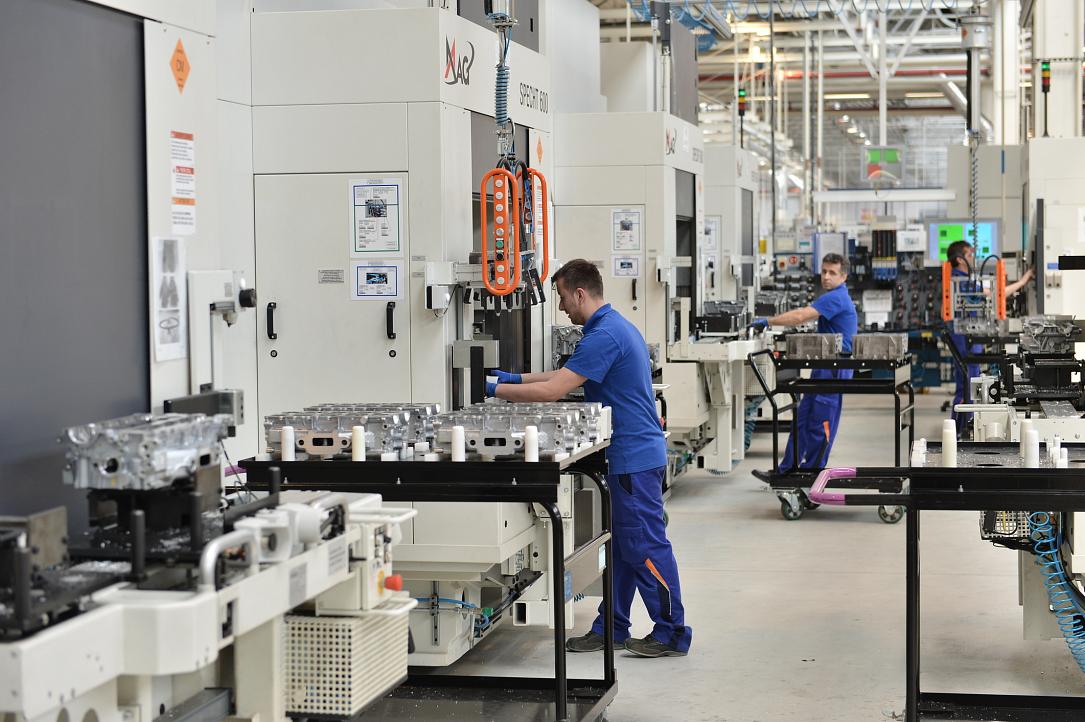Romania's March PMI industrial outlook index is "the least pessimistic" in nine months



Romania's seasonally-adjusted PMI index was 49.3 points in March, compared to 47.1 points in February, calculated by Erste Group based on S&P Global methodology. It was the least pessimistic reading in the nine months since the survey was conducted by BCR Bank among purchasing managers in Romanian industrial companies.
PMI values below 50 points indicate a contractionary trend, while those above 50 points indicate further expansion.
"Growth expectations, past investments, and product diversification are cited as sources of optimism. It remains to be seen whether these aspects will lead to an increase in competitiveness that would compensate for the recent rather high wage increases or whether investments in automation and staff layoffs will be solutions to offset higher wage costs," said Ciprian Dascălu, BCR chief economist, on a rather pessimistic note for the overall economic development that should be generally oriented towards generating wealth for those involved.
Labour cost in Romania is still one-third of that in Western Europe, according to recent Eurostat data. Placing the manufacturing capacities on an upward level along the value chain through investments in innovation and development (encouraged by the grants) of strong local enterprises (rather than forward processing units of foreign groups) is critical for capturing the benefits of still lower labour costs.
New orders and production declined less than in previous months, leading to a higher index value, the authors of the PMI compilation commented on an optimistic note.
"The month's [relative] positive performance is mainly due to the new orders component, followed by the production component, both of which recorded the highest values in the index's admittedly short history. However, both components had values below the 50-point threshold, signaling a decrease [of the industrial activity] compared to the previous month, but this was much lower compared to previous months," explained Dascălu, quoted by Profit.ro.
Orders for export continued to drag down the manufacturing industry, Dascălu pointed out, but the decrease has softened compared to the previous months. Moreover, the economist showed that the evolution of the Romanian industry is in line with the PMI data from Germany, the most important source of orders for Romanian industrial companies.
Romania's industrial output contracted by 4% y/y in January, after the 3.0% y/y average decline in 2023.
iulian@romania-insider.com
(Photo source: Silviu Matei/Dreamstime.com)